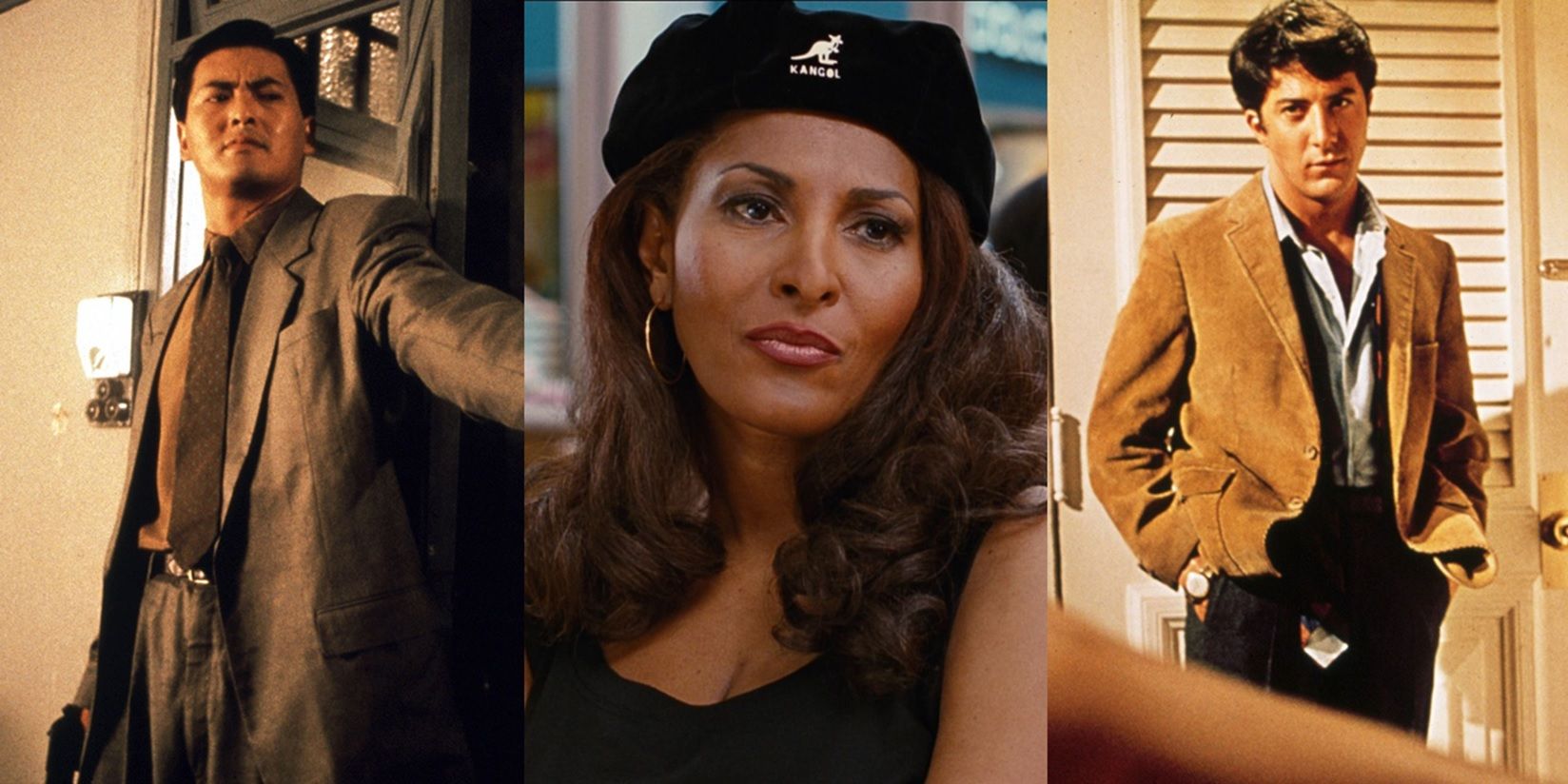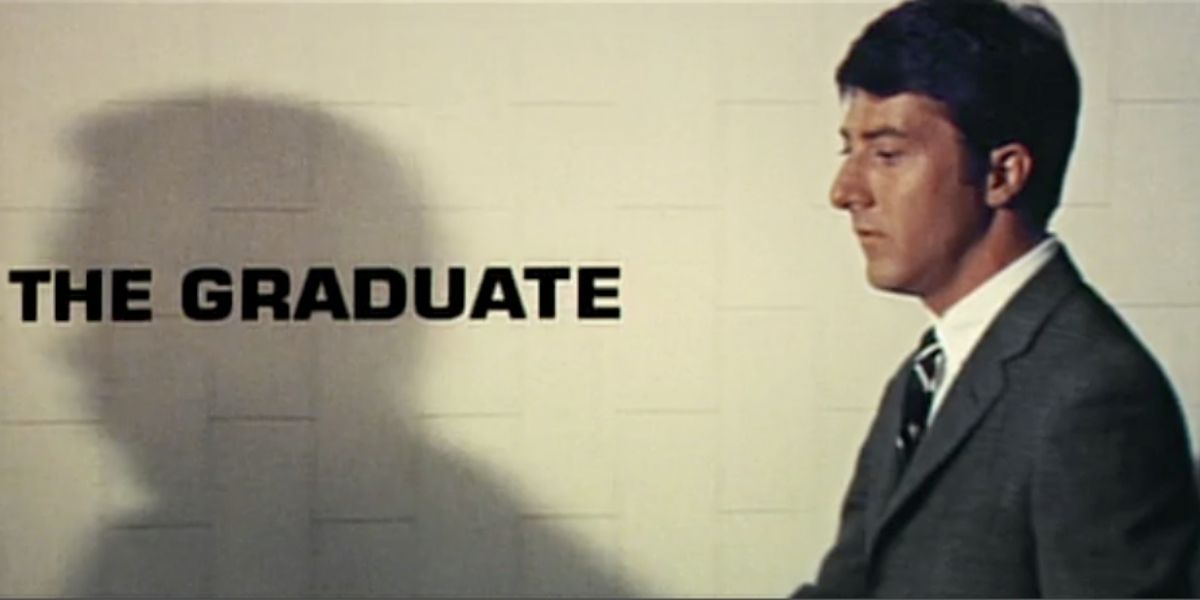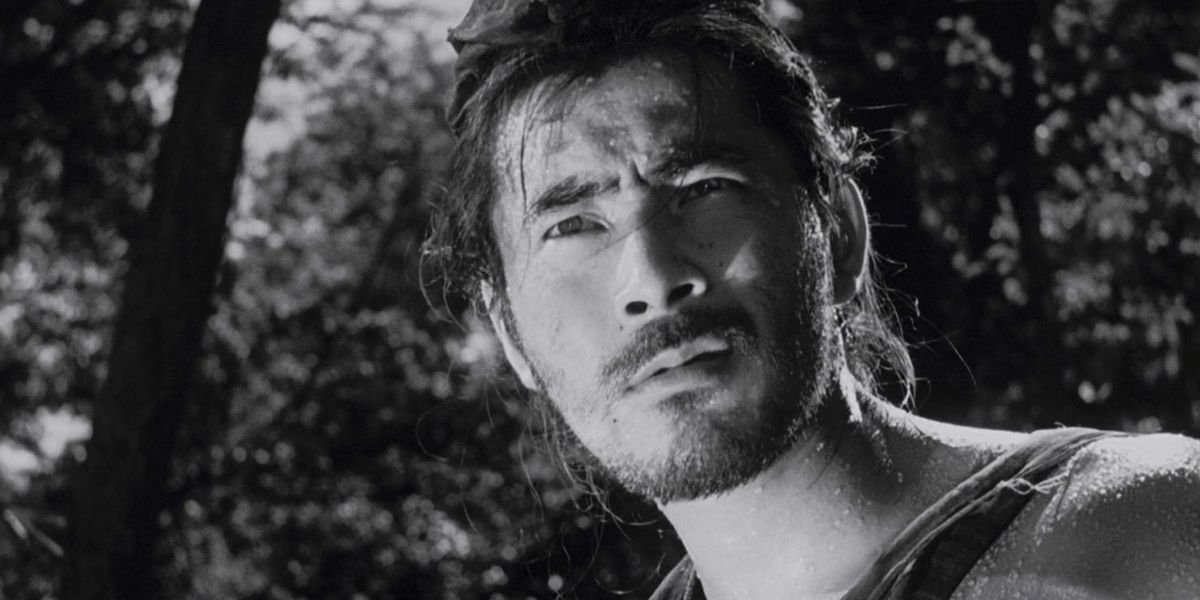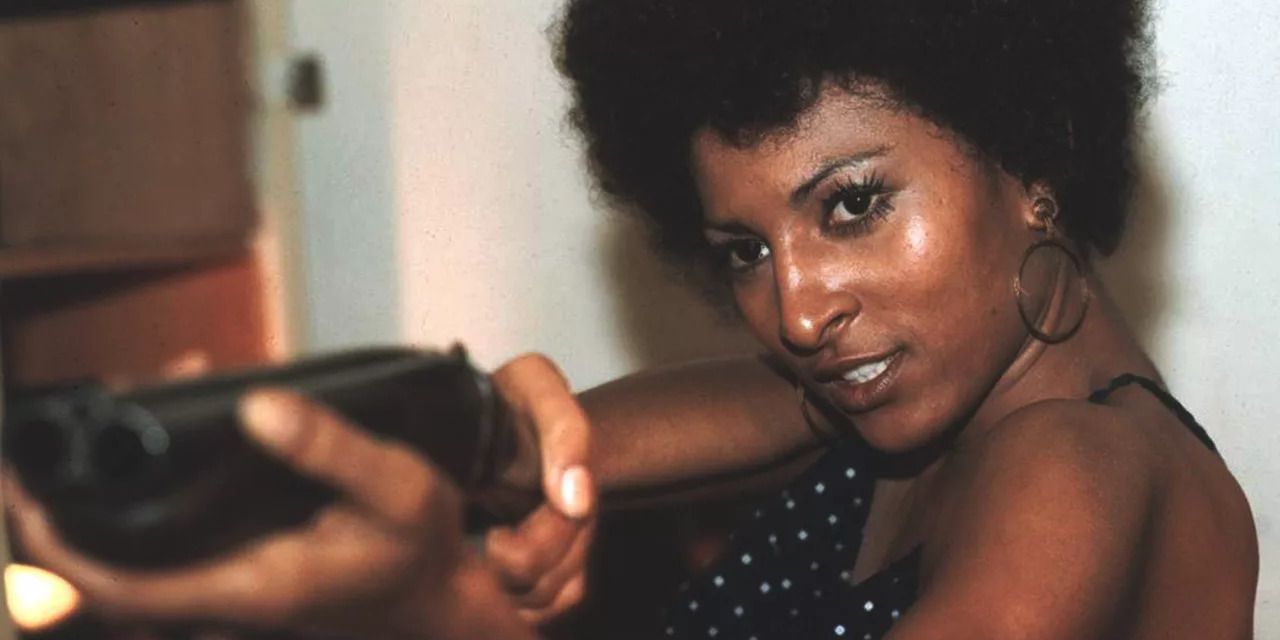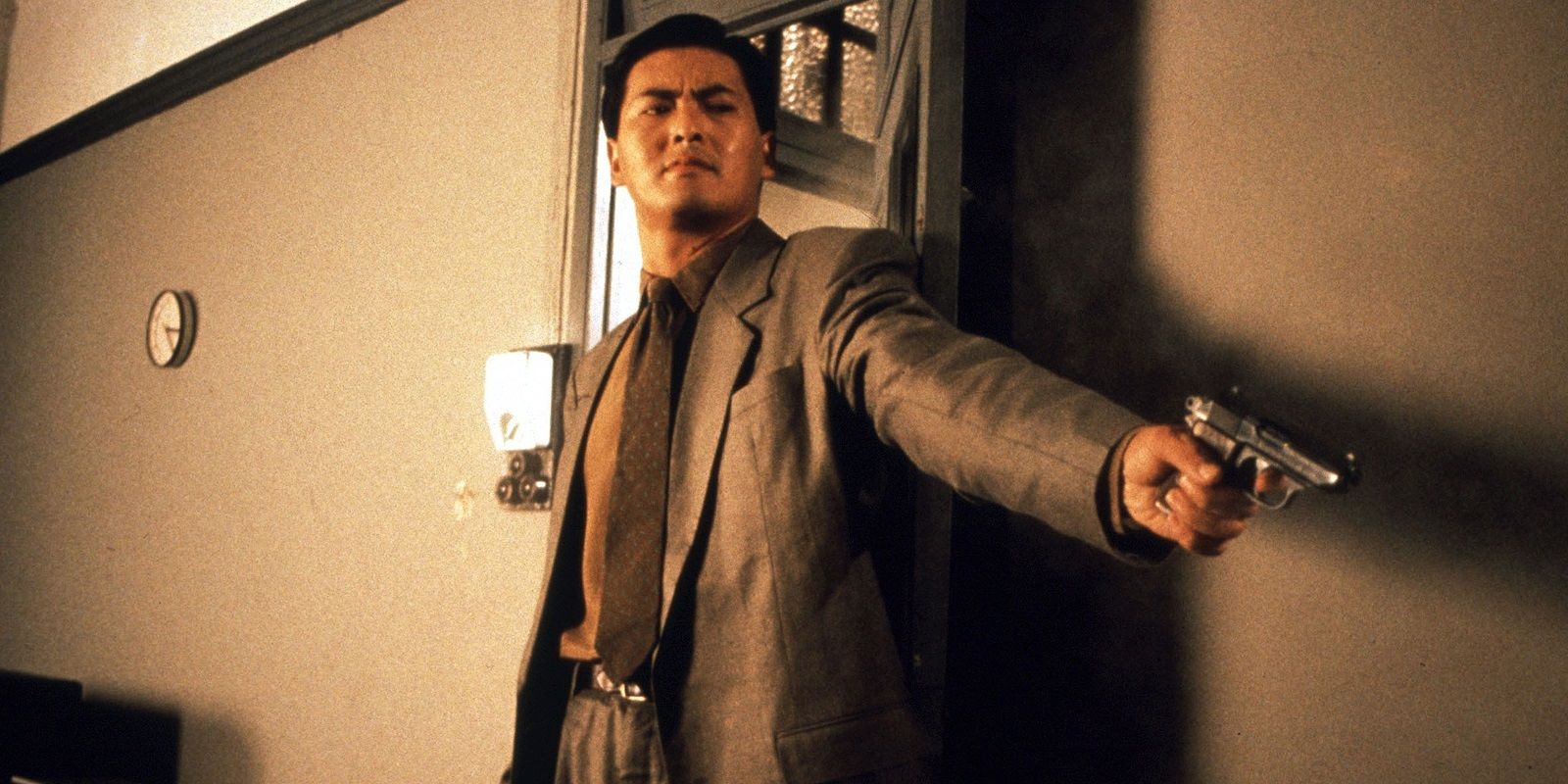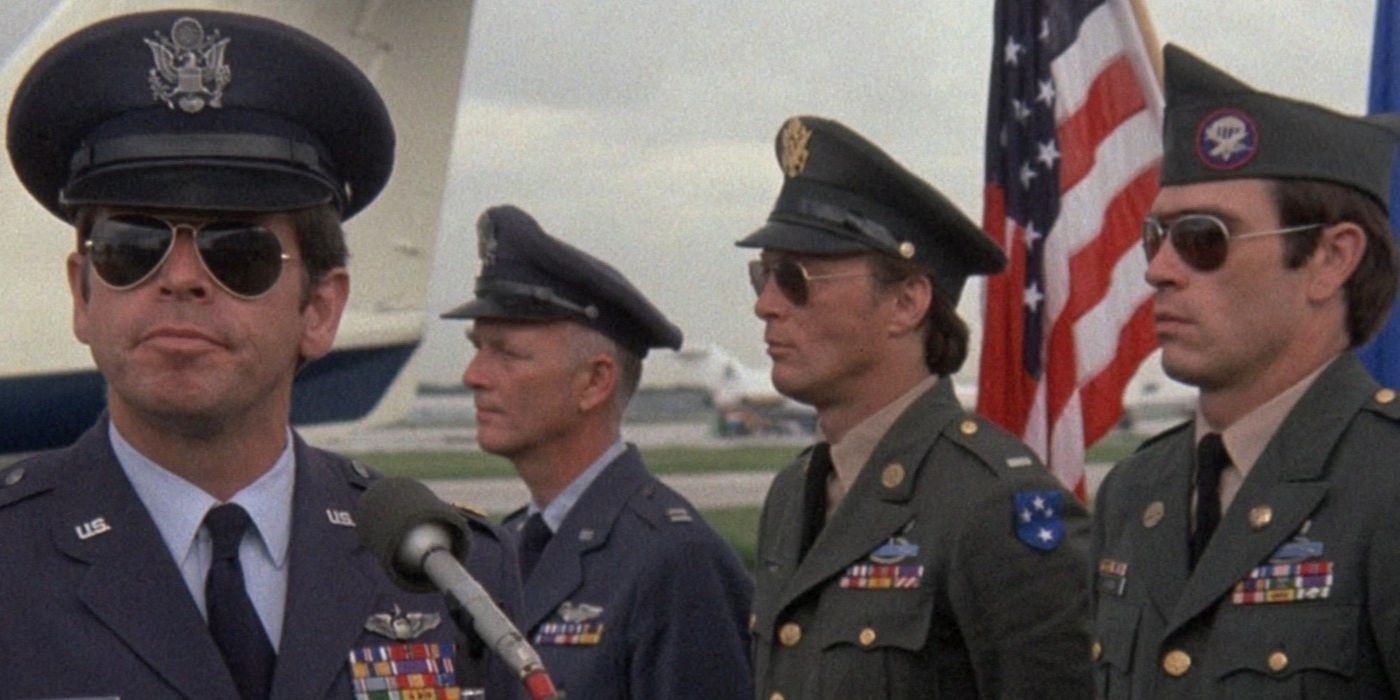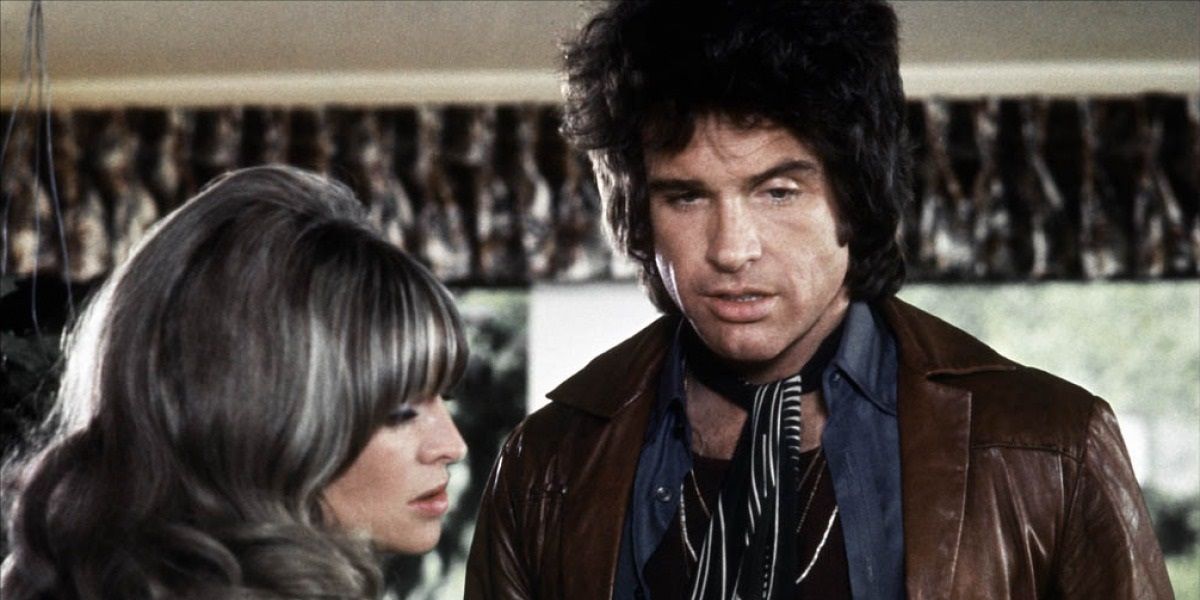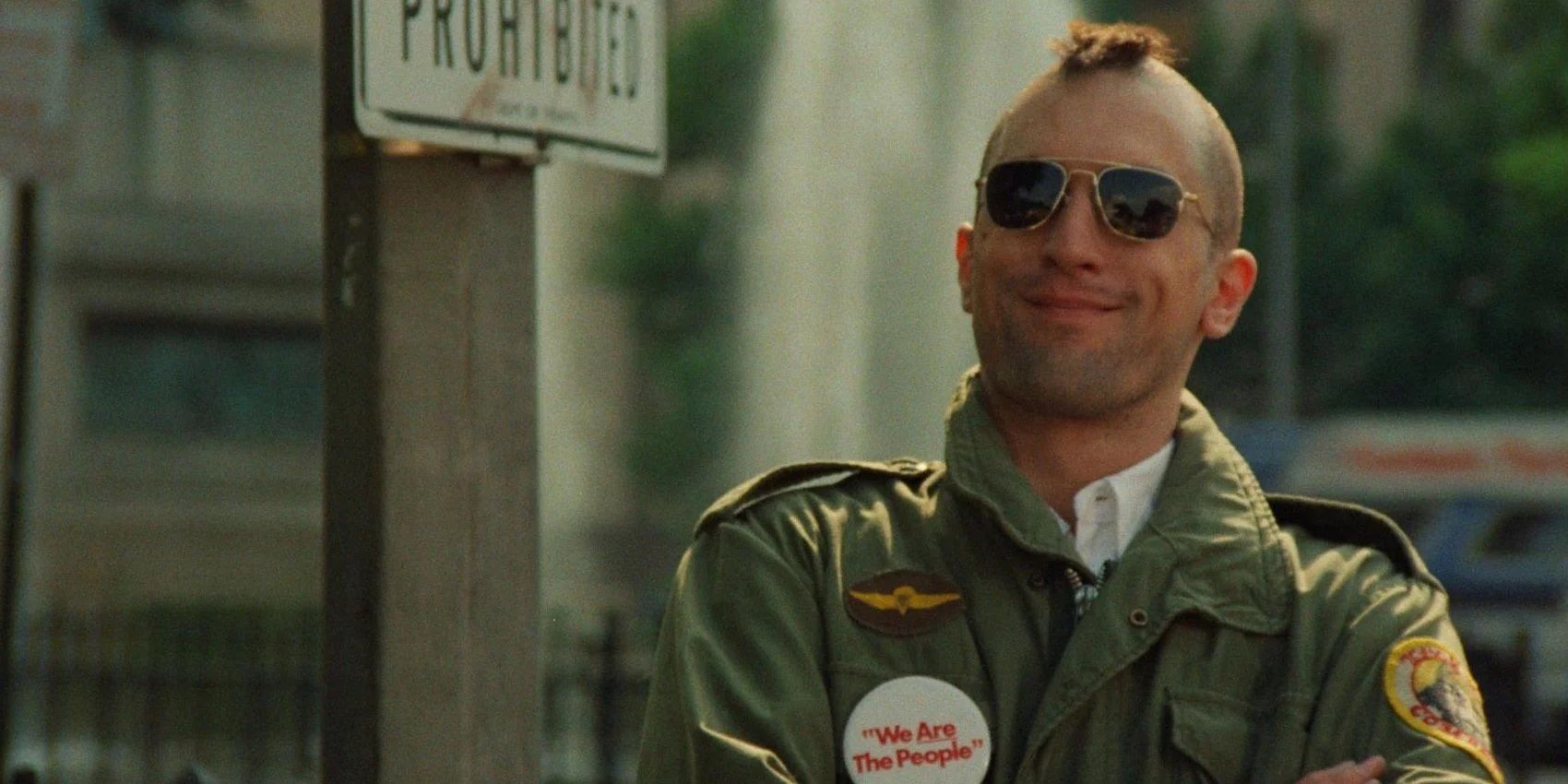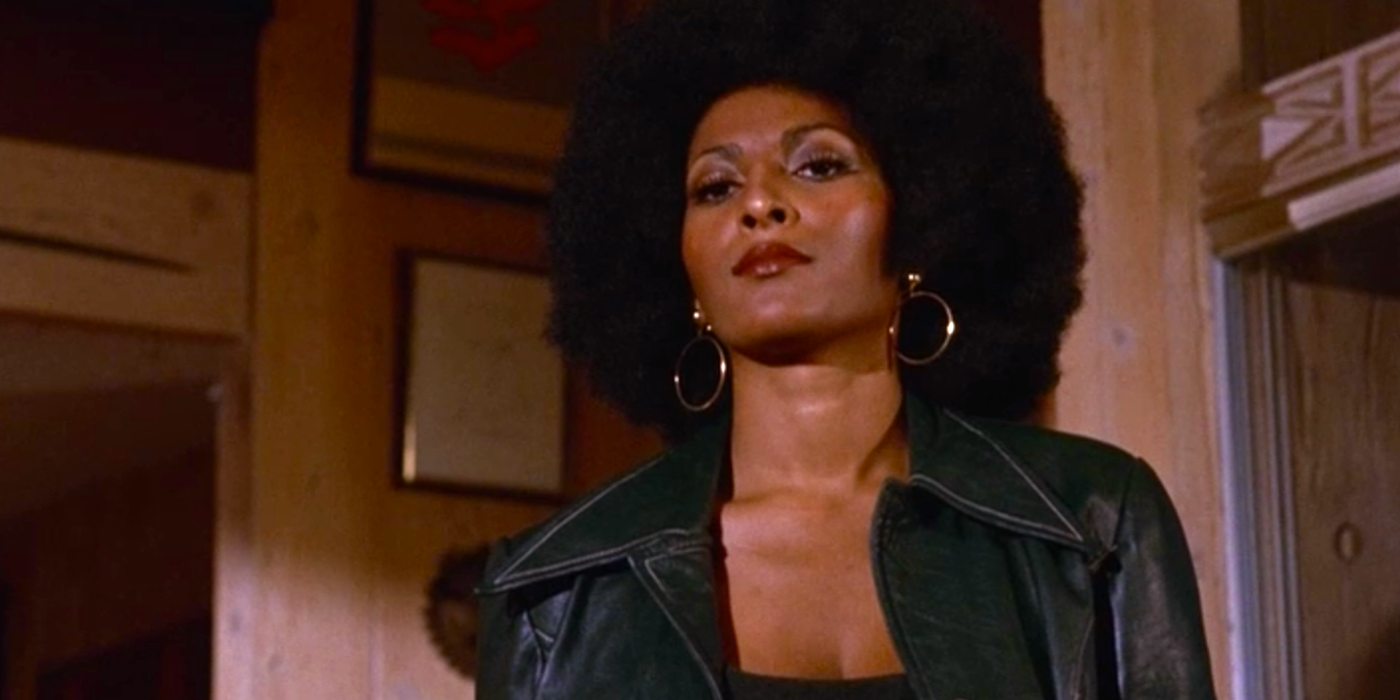Directors who are as widely celebrated by critics and audiences as Quentin Tarantino rarely have underrated movies. But Tarantino’s third directorial feature, 1997’s Jackie Brown, remains an underappreciated gem. As Tarantino’s first and so far only adaptation of previous source material (Elmore Leonard’s Rum Punch), Jackie Brown is arguably the filmmaker’s most mature, cerebral, emotionally resonant movie. It gave Pam Grier and Robert Forster much-deserved career comebacks and proved that Tarantino didn’t need flashy action sequences to captivate audiences.
While Jackie Brown is nowhere near as cartoonishly violent or pop culture-savvy as Tarantino’s other movies, it does contain a plethora of the director’s signature homages to the classics of cinema history. From a black-and-white 1950 Japanese film to a grim-and-gritty blaxploitation movie from the early 1970s, Tarantino referenced a wide range of films in Jackie Brown.
The Graduate (1967)
Mike Nichols’ The Graduate is one of the greatest coming-of-age movies ever made. The story of Dustin Hoffman’s aimless, disillusioned college graduate Benjamin Braddock is a timeless portrait of youthful angst and the existential terror of facing adulthood head-on. Nichols’ movie was one of the early masterworks that established the New Hollywood movement that went on to dominate ‘70s cinema.
The opening shot of Jackie Brown recreates that of The Graduate, with Pam Grier gliding across the same moving walkway in LAX that Hoffman did in the 1967 classic. Simon & Garfunkel’s somber hit “The Sound of Silence” is replaced with Bobby Womack’s more soulful, upbeat “Across 110th Street” on the Jackie Brown soundtrack. Recreating the tracking shot of Benjamin instantly establishes Jackie’s world-weariness and the more cerebral tone of the film in comparison to Tarantino’s previous works.
Rashomon (1950)
Akira Kurosawa’s Rashomon is the namesake of the “Rashomon effect,” and the definitive cinematic thesis on the unreliability of eyewitness accounts. The 1950 masterpiece shows a heinous crime from four different perspectives, each telling the story a little differently.
The masterfully crafted cross-cutting finale of Jackie Brown, which shows the climactic money trade in the clothes store from several different characters’ points of view, is a callback to the multi-perspective storytelling of Kurosawa's classic film. Using a Rashomon-type structure in the finale of Jackie Brown gives the camera a sort of omniscient quality, as the audience isn’t confined to one particular point of view and gets to walk in every major character’s shoes.
Coffy (1973)
Tarantino saw the plot of Elmore Leonard’s Rum Punch as his opportunity to contribute an entry to the blaxploitation genre. Jackie Brown star Pam Grier was the leading pioneer of this genre, appearing in such classics as The Big Doll House and Coffy.
Jackie Brown directly references Coffy through the use of several tracks from Roy Ayers’ score on the soundtrack. The 1973 crime film was notable for its anti-drug message, as Grier plays a nurse-turned-vigilante bent on exacting revenge against the drug dealers who got her sister hooked on heroin. Her character’s anti-drug stance made Grier the moral center of Coffy, a role she also fills expertly in Jackie Brown.
The Killer (1989)
John Woo’s The Killer is a masterpiece of action cinema. Chow Yun-Fat stars as an assassin who takes one last job to pay for expensive eye surgery for a woman who was blinded during one of his hits. The influence of the movie’s “gun fu” style of action can be seen in everything from Léon to El Mariachi to John Wick.
Tarantino paid homage to Woo’s action-packed gem in Jackie Brown. Samuel L. Jackson’s gun-running character Ordell Robbie mentions that his customers all wanted to buy 45s in pairs after The Killer came out so they could look like Chow’s lead character from the movie. This could be seen as Tarantino commenting on his own aestheticization of graphic violence, which was partly inspired by Woo.
Rolling Thunder (1977)
Tarantino loves John Flynn’s revenge thriller Rolling Thunder so much that he named one of his production companies after it. William Devane stars as a Vietnam War veteran who goes out for brutal retribution when his family is killed in a home invasion.
Most of Tarantino’s movies are revenge movies – including Jackie Brown, as it sees Jackie exacting revenge on Ordell – so it’s hardly surprising that he’s a fan of Flynn’s cult classic. During the food court scene in Jackie Brown, there’s a Tex-Mex fast-food chain called Acuna Boys that’s named after the gang featured in Rolling Thunder. The Acuna Boys fast-food chain would go on to reappear in Death Proof.
Shampoo (1975)
Hal Ashby’s satirical comedy Shampoo tells the story of a chauvinistic male hairdresser who balances relationships with several women at once. Ashby uses the movie’s politically charged Election Day setting to contrast governmental politics with sexual politics.
Shampoo features a scene in a kitchen in which Carrie Fisher abruptly asks Warren Beatty, “Wanna f***?” Tarantino homages this scene in Jackie Brown when Bridget Fonda’s Melanie uses the same no-nonsense pickup line on Robert De Niro’s Louis, also in a kitchen. The use of this line points to Melanie’s spontaneity and outspokenness, which eventually drives Louis to shoot her to death during the money pickup.
Taxi Driver (1976)
Martin Scorsese’s neo-noir vigilante thriller Taxi Driver stars Robert De Niro as Travis Bickle, a New York cabbie who decides to take the law into his own hands after returning from Vietnam and finding the city’s streets crawling with crime. According to IndieWire, Taxi Driver is one of Tarantino’s favorite movies.
The scene in Jackie Brown in which Ordell pitches various firearms to Louis Gara, also played by De Niro, is a direct reference to Travis’ rendezvous with gun dealer Easy Andy in Taxi Driver. It’s appropriate that Jackie Brown would reference a classic vigilante thriller, because Jackie is sort of a vigilante herself, taking the law into her own hands and playing a gun runner and the feds against each other.
Foxy Brown (1974)
Coffy isn’t the only Pam Grier-starring blaxploitation classic that Jackie Brown pays homage to. The name of Grier’s character – and, by extension, the name of the movie – are nods to 1974’s Foxy Brown. The source material is called Rum Punch and the lead character is called Jackie Burke in the book, so Tarantino went out of his way to homage the film.
Another hard-hitting revenge movie, Foxy Brown stars Grier as the girlfriend of an undercover cop who swears vengeance against the gangsters who murdered him and poses as a prostitute to get to them. The 1974 movie perfectly exemplifies the uniquely empowered on-screen image of Grier that Tarantino wanted to bring back to the big screen with Jackie Brown.

